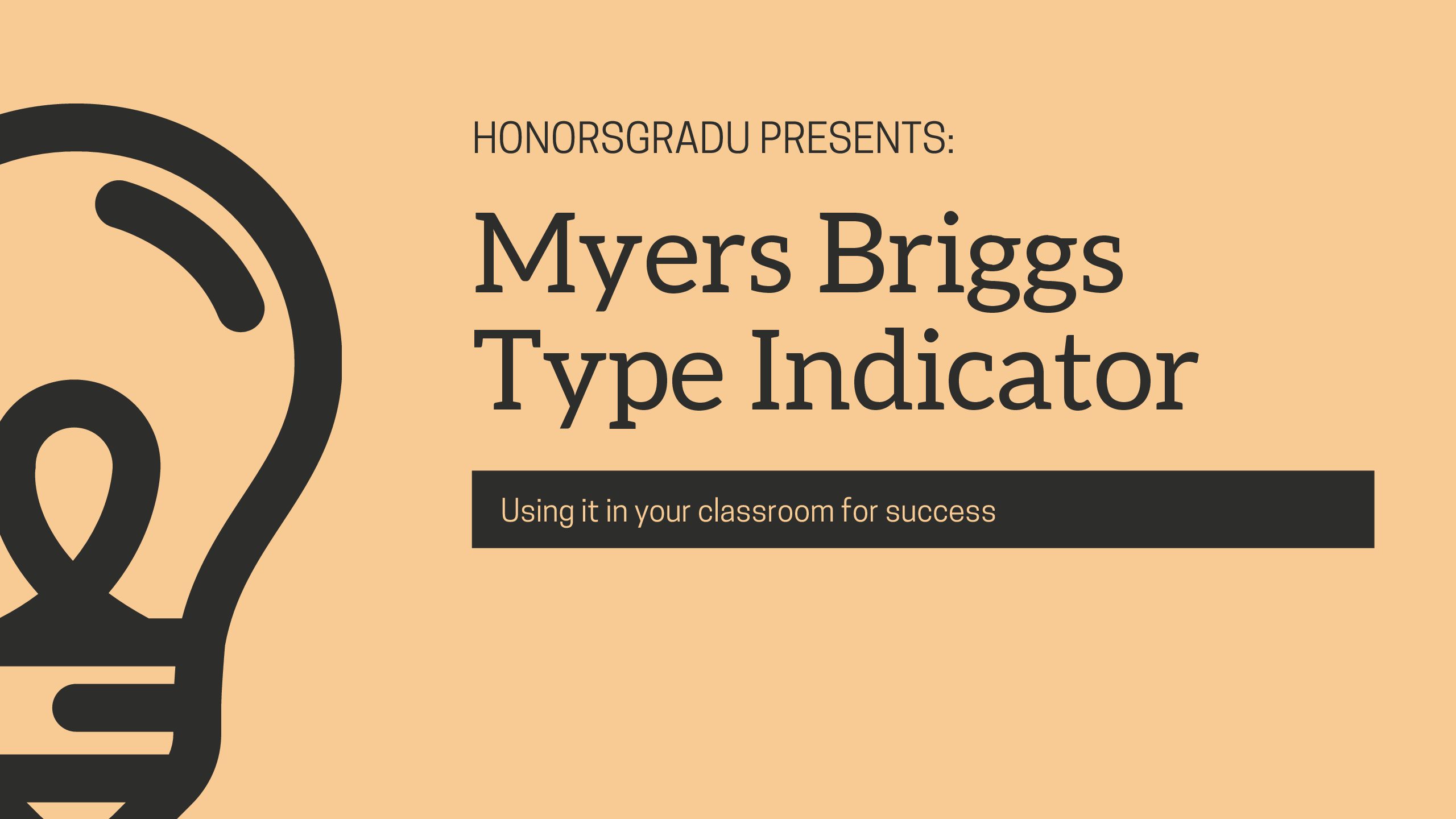This post is part of a series of posts on teaching to different personality type indicators as found in the Myers Briggs Type Indicator. To see more, head here.
Today we are talking about teaching introverts! I want to be completely honest with everyone. When I wrote the post on teaching extroverts, it was mainly out of my own experience and not as much research. This post is solely based on research because I have so much extrovert in me that I did not even know where to start on how to teach introverts or what they need. So this post is based on research and conversations I’ve had with fellow introverted friends.
A few traits of introverted students:
They need time to sit and think about the material presented, a chance to internalize all of it.
They cannot thrive without a break from social interactions.
Calling on them in class or making them present information to large groups can be very stressful for them.
Watching their participation in class or during a discussion is not a valid way to analyze their knowledge on a given subject.
Introverted students are the quiet intellectuals. They are the students sitting in the back of the classroom seeming as if they are dozing off not paying attention or like their mind is wandering. Oftentimes when approached with questions on the material in a one-on-one manner, they may surprise you with how much they were paying attention or how knowledgeable they are with it.
Introverts may have a hard time with social interaction, but they do well with support and in the right circumstances. Smaller groups, familiar faces, and no-pressure discussions can help them come out of their shell little by little.
The way you go about creating a personal relationship with an introverted student can make or break their time in your classroom. If you approach them whole-class with others listening and observing your interactions, it could drive them away from you, and fast. They are more likely to shut you out and have no trust after that. If you take the time to pull them aside, leave them little notes, or utilize email as communication methods, it can help them feel more comfortable and help them build trust in the relationship and in the classroom.
From an introverted friend-
“I wish my teachers knew that I have a lot to say. I just need the right platform.”
Jade Gunther
With your introverted students in your classroom, what have you found is the best way to teach them? Leave it in the comments, we would love to hear!





